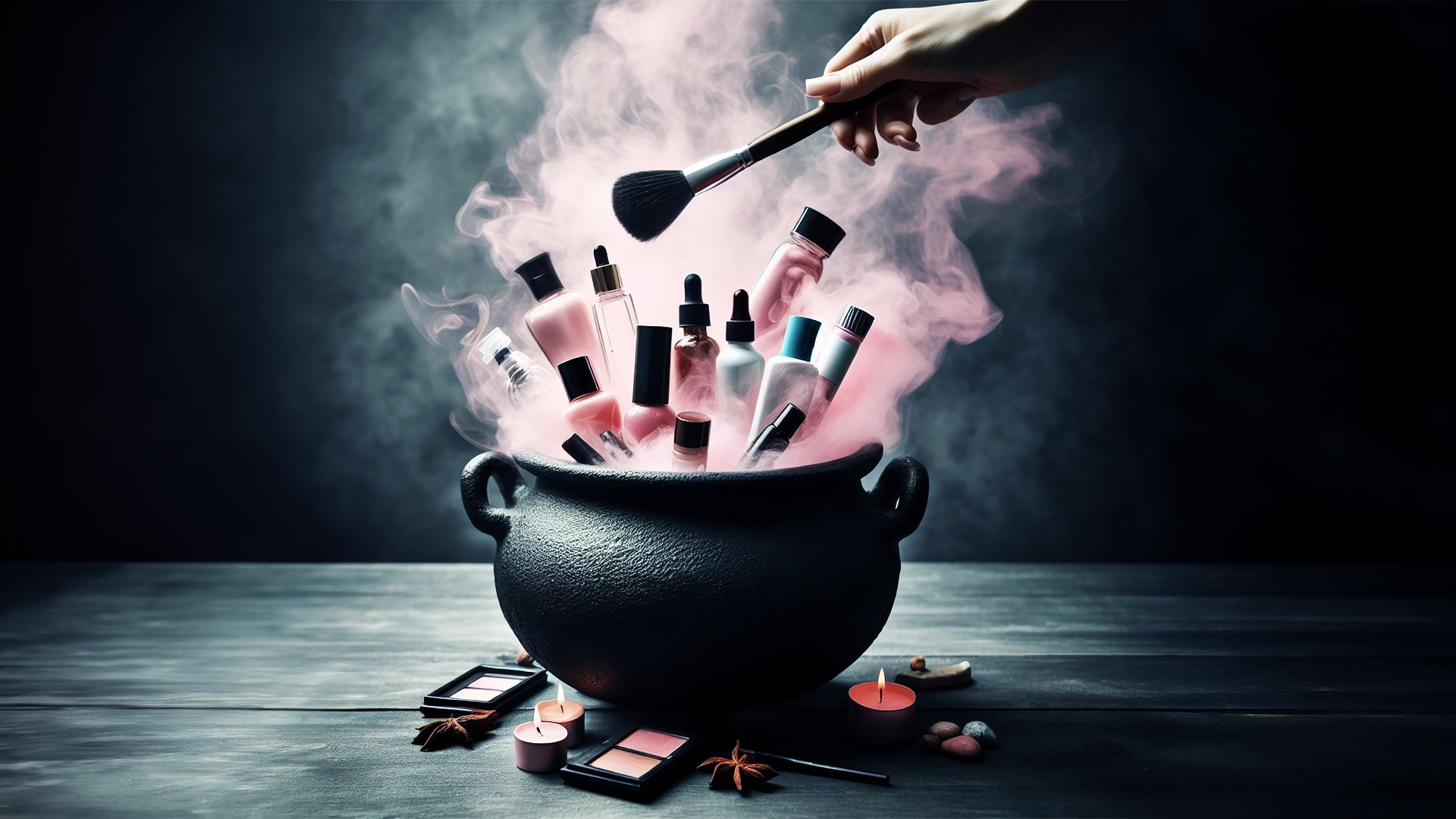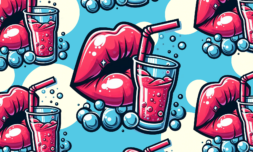Along with ‘forever chemicals’ that will never break down in our natural environment, many beauty products still contain ingredients that disrupt our hormones and cause harm to our bodies over time. Which chemicals should we steer clear of and what is being done to make them disappear for good?
You’d think that companies making products designed to be lathered, sprayed, and smeared on our bodies would make sure that their formulas aren’t full of toxic chemicals. Unfortunately, this is not the case.
Consumers have been burdened with the responsibility of ensuring that the personal care products they use aren’t slowly poisoning or causing harm to them over time – because governments and regulatory bodies are falling short.
In the United States, the Food and Drug Administration (FDA) protects the public from harmful ingredients in foods and pharmaceuticals. But cosmetics, personal care, and beauty industries have been extremely elusive when it comes to official regulation.
A lack of monitoring and investigation has enabled popular brands to label their products as ‘non-toxic’ ‘clean’ and ‘natural’ as a marketing ploy to those who consider how their beauty regime affects their health without penalty.
As a result, consumers should do their own research into ingredients included in various formulas – at least until better regulation comes into effect.
Canada, Japan, and EU nations have banned hundreds of chemicals they deem as harmful to humans. The US has been particularly lenient. In 2022, The Modernization of Cosmetics Regulation Act was introduced in the US. It was the first update to legal guidelines related to beauty products in over sixty years. It banned about a dozen ingredients for safety reasons but has left a lot of chemicals still unanswered for.
Let’s look at what those are.
Toxic chemicals
One of the most widely used ingredients is parabens. They are artificial preservatives which prevent the growth of harmful bacteria and mould in order to protect products and consumers using them.
Parabens are used by some of the most popular makeup brands – including L’Oreal – even though they have been linked to hormone disruption by mimicking the behaviour of oestrogen, as well as their destruction of aquatic life later down the line.
Parabens are usually found in water-based products including anti-ageing creams, moisturisers, foundations, and fragrances. Brands with products that are paraben-free are Charlotte Tilbury, Tatcha, and Ilia Beauty.
Another popular ingredient across cosmetics such as dry shampoo, blush, foundation, and powders is talc.
Studies using small sample sizes of women using talc-inclusive makeup found asbestos present in their lungs, posing risks for respiratory toxicity and cancer. Many companies say that they now test talc supplies for asbestos contamination before mixing products, however, some health professionals strongly suggest staying away from products with this ingredient.
Up next are phthalates (DEP, DBP, DEHP), a kind of plasticiser compound that is used in shampoo, perfume, nail polish, hairspray, sanitary pads, lubricating oils, and detergents.
The EU has determined that phthalates lead to endocrine disruption in living organisms, labelling them as ‘substances of very high concern’. Further research has found that these chemicals reduce sperm quality and motility. They can also negatively affect hormones related to reproductive function during foetal development.
Other chemicals of concern are mercury (damaging to kidneys and nervous system), formaldehyde & its many forms (a known carcinogen), PFAs (linked to cancer), and M- and o-phenylenediamine – often found in hair dyes – which damage DNA and are carcinogenic.



















